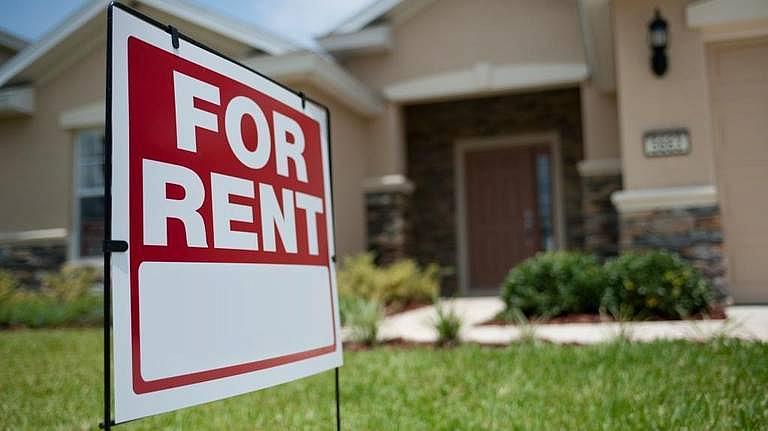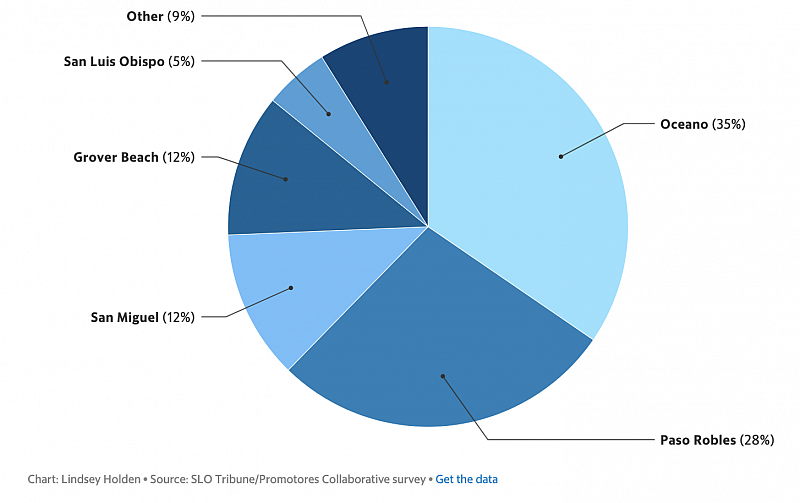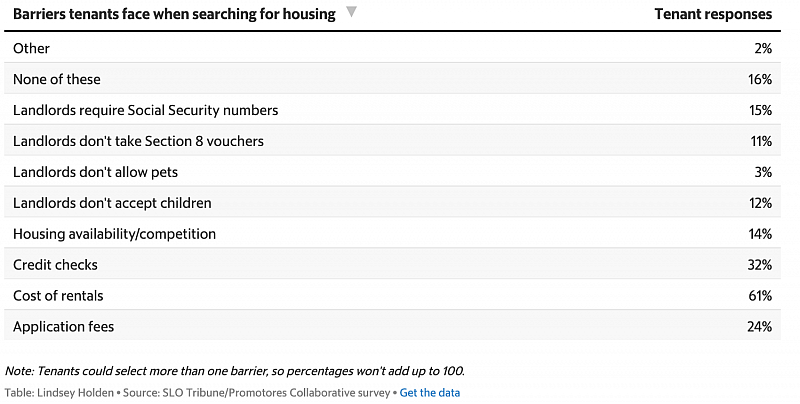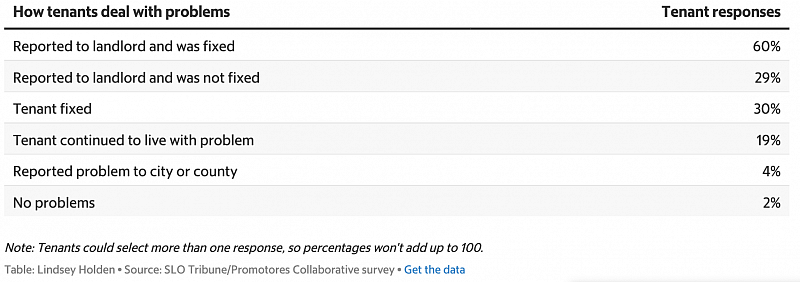We surveyed nearly 200 SLO County renters on their housing conditions. Here’s what they said
This story is part of a larger project, "Standard of Living," by Lindsey Holden, a participant in the 2019 Data Fellowship. The project focuses on the experiences of low-income renters living in poorly maintained housing in San Luis Obispo County.
Other stories in this series include:
Q&A on renter’s rights: What you need to know as a tenant in SLO County
Tribune investigation: What it’s like for SLO County renters stuck in bad housing
Paso Robles couple says landlord covered up unhealthy mold problem. So they sued
Tribune investigation: Erratic code enforcement leaves SLO County renters vulnerable to abuse
Tribune investigation: Inspections protect renters from slumlords. Why did SLO’s program die?

GETTY IMAGES/ISTOCKPHOTO
Most San Luis Obispo County tenants struggle to afford their housing — and many likely live in units that are unhealthy because local governments don’t hold landlords accountable for renting old, crumbling homes and apartments.
That is what The Tribune learned through a nine-month investigation into rental housing conditions in working-class neighborhoods throughout the county.
The Tribune teamed up with the Promotores Collaborative of San Luis Obispo County, part of the Center for Family Strengthening, to survey nearly 200 tenants in-person and online.
We canvassed in neighborhoods in San Miguel, Paso Robles, Oceano and Grover Beach where residents primarily speak Spanish.
The Tribune focused on renters living in these areas because they’re more likely to face landlord abuse due to language barriers, immigration status and income levels. They’re also most at risk for housing discrimination, which makes it more challenging for them to escape poor rentals.
Here are the results of our survey.
WHO DID WE SURVEY AND WHERE?
The Tribune opted to focus in-person surveying efforts on working-class neighborhoods where tenants primarily speak Spanish.
WHERE DID WE TALK TO RENTERS?
The Tribune and the Promotores Collaborative of San Luis Obispo surveyed renters in-person and online throughout the county, with a focus on working-class neighborhoods to the north and south.

Such renters are more vulnerable to landlord abuse due to language barriers, immigration status and income levels.
WHICH RENTERS DID WE TALK TO?
The Tribune and the Promotores Collaborative of San Luis Obispo focused on renters who identify as Hispanic or Latino and primarily speak Spanish, as these tenants are the most vulnerable to landlord abuse due to language barriers, discrimination, immigration status and income levels.

HOW MANY PEOPLE LIVE IN THE UNIT AND FOR HOW LONG?
Most renters we surveyed lived in a household of two to five people. About 14% of renters we talked to lived in more crowded households of six people or more. Only about 7% of people lived alone.

More than half of renters we surveyed had lived in their rentals for more than five years, showing that tenants would likely prefer to hang onto the housing they have rather than re-enter a challenging market.
HOW LONG HAVE RENTERS LIVED IN THEIR HOUSING?
More than half of the tenants who responded to this survey question had lived in their housing for more than five years. This likely shows renters hang onto their units for as long as possible to avoid having to re-enter a challenging market.

WHAT BARRIERS DO PEOPLE FACE WHEN SEARCHING FOR HOUSING?
Renters reported facing a variety of barriers when searching for new housing — cost being the primary one. Tenants also reported struggling with credit checks and application fees. Undocumented immigrants also said not having Social Security numbers kept them from finding housing, as some applications require them.
BARRIERS TO FINDING NEW HOUSING
Most tenants who responded to this survey question said the cost of rentals is a barrier to finding new housing. Respondents also reported struggling with credit checks and the cost of application fees.

WHAT TYPES OF PROBLEMS DO RENTERS EXPERIENCE IN THEIR HOUSING?
Renters said they’ve dealt with a variety of problems in their housing units during the past five years. About 83% of renters reported experiencing at least one of the issues we we asked about. Pests, plumbing problems and mold topped the list of problems tenants told us about.
UNHEALTHY HOUSING PROBLEMS
Renters who responded to this survey question reported dealing with a host of poor housing issues, from broken windows to old carpets.

HOW DO PEOPLE DEAL WITH PROBLEMS IN THEIR RENTAL UNITS?
Most tenants reported their landlords eventually fixed issues in their rental units. But 20% of those respondents also said they’d fixed things themselves, lived with problems or hadn’t gotten issues repaired.
Nearly 30% of tenants said they hadn’t gotten all of the problems in their units fixed. Only 4% of tenants said they’d reported problems in their housing to the city or the county.
HOW DO TENANTS DEAL WITH PROBLEMS IN THEIR HOUSING?
Nearly one-third of tenants who responded to this survey question said their landlords did not fix some problems after they reported them.

[This story was originally published by The Tribune.]

